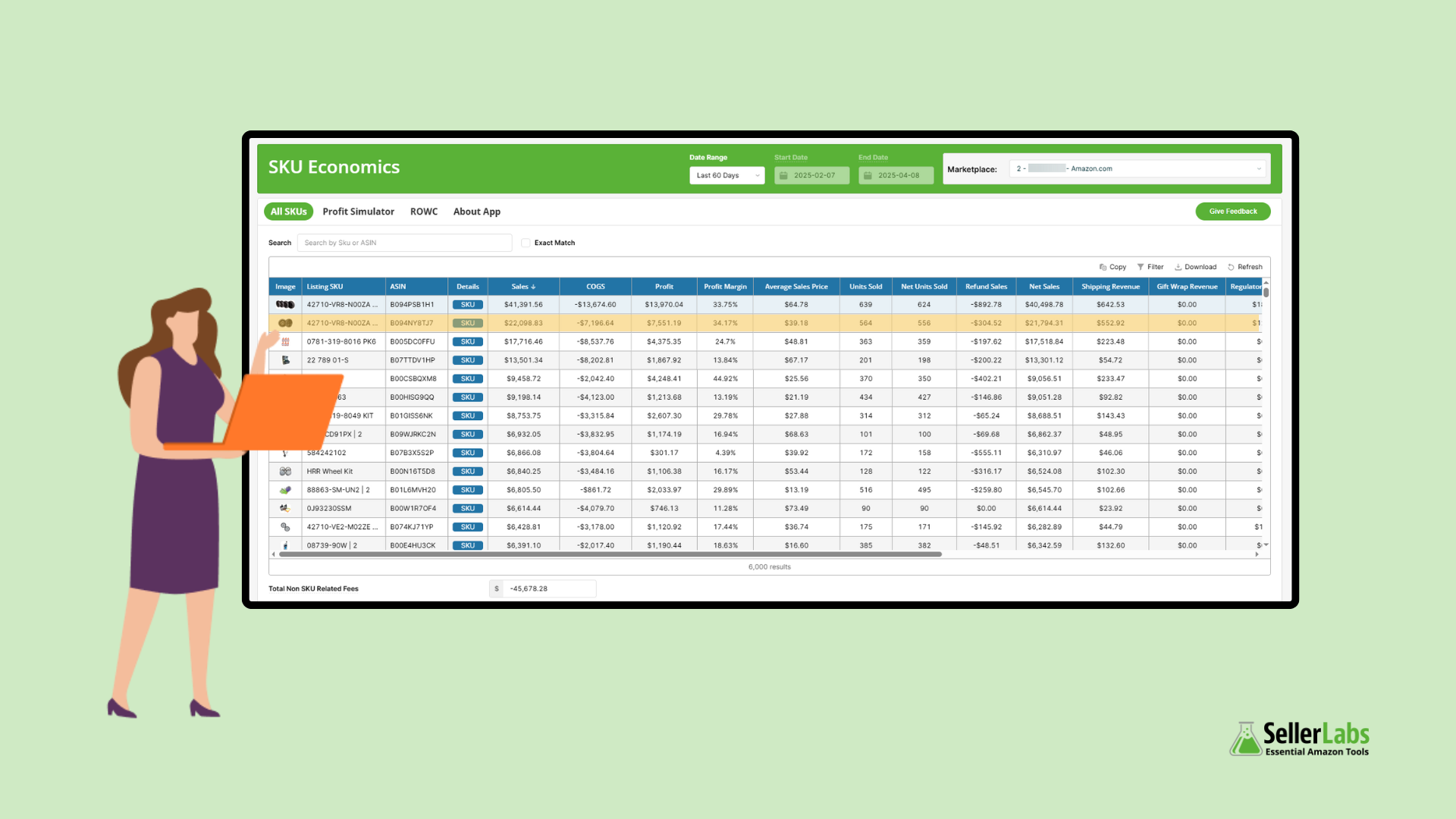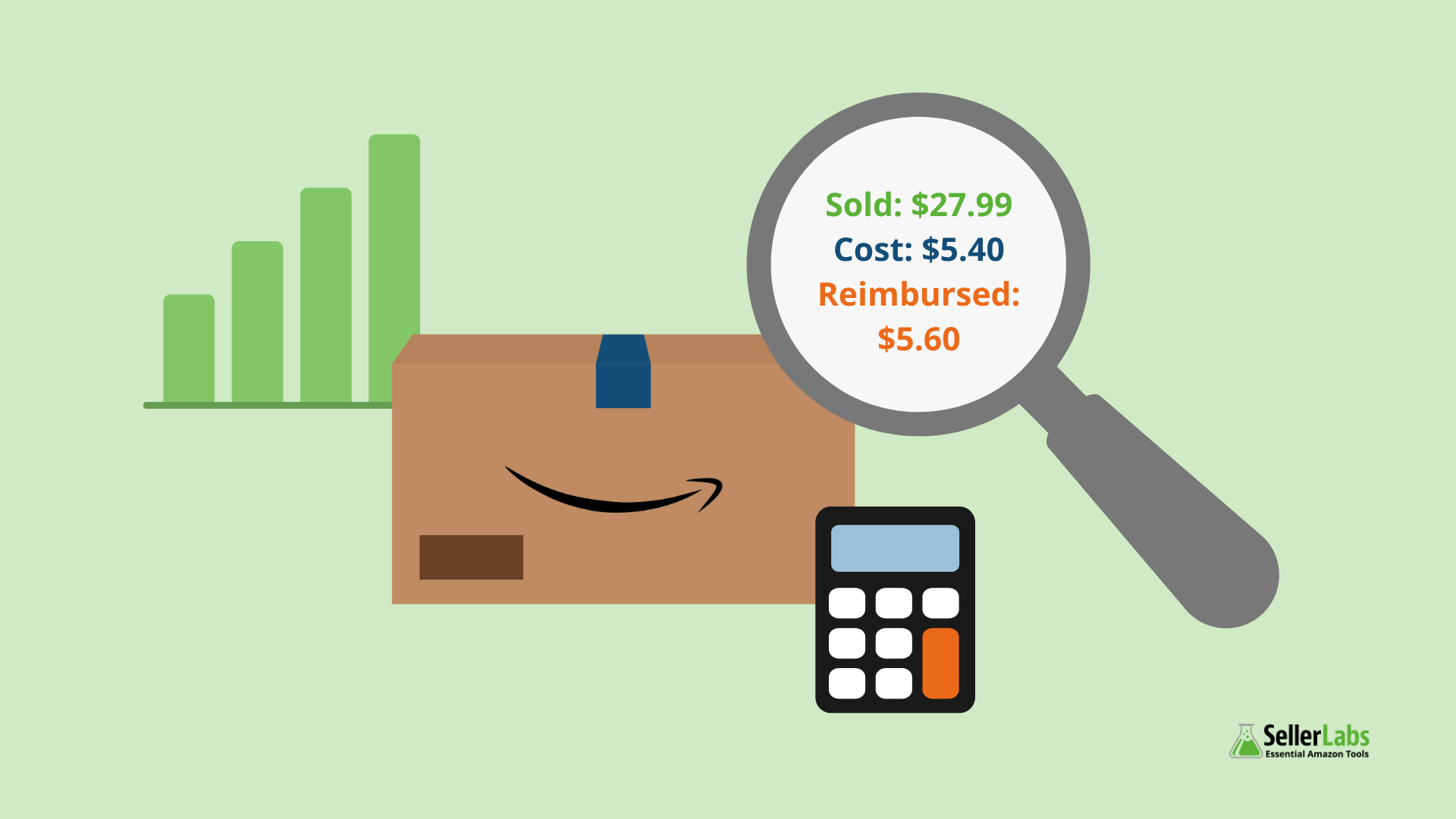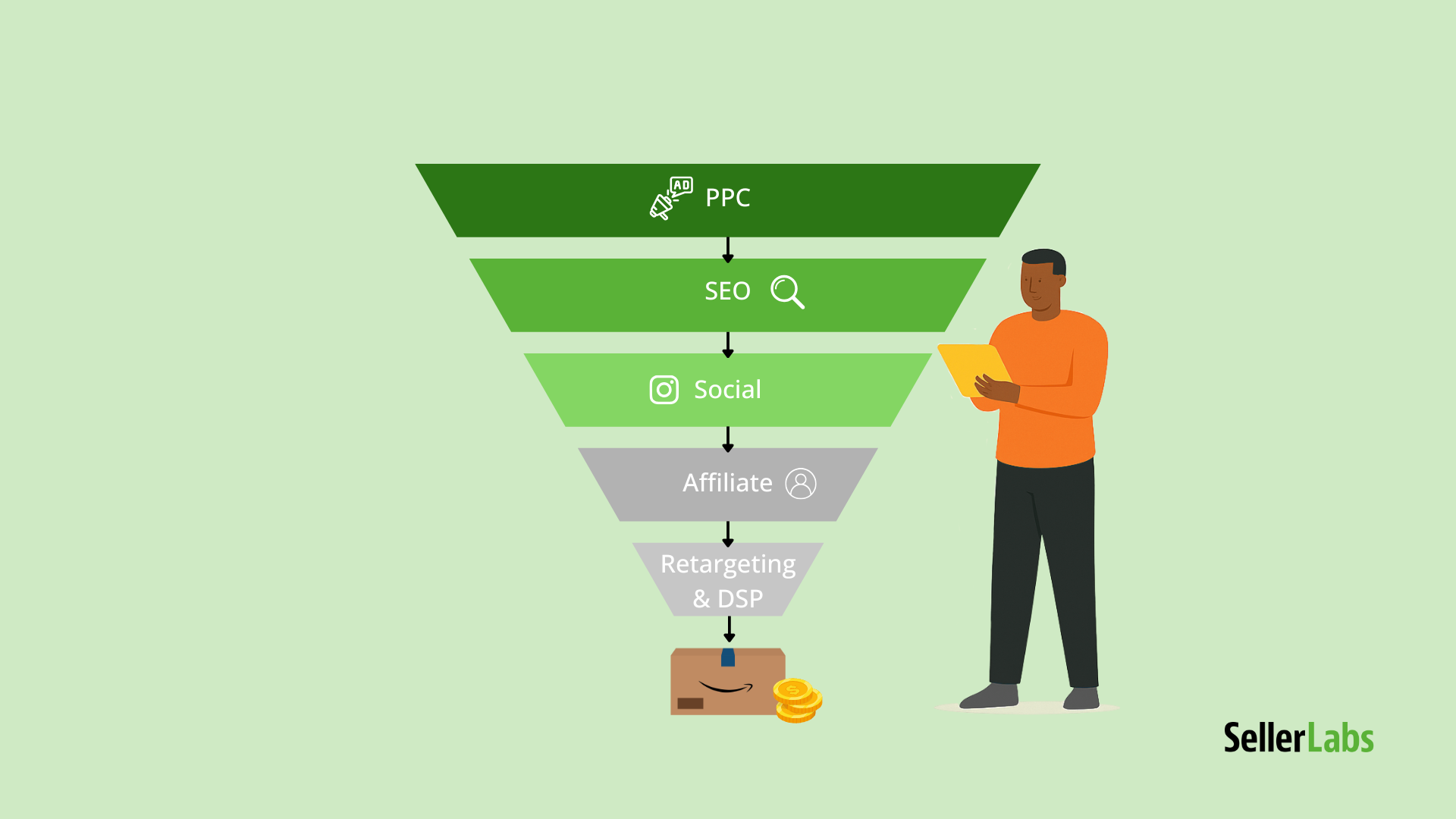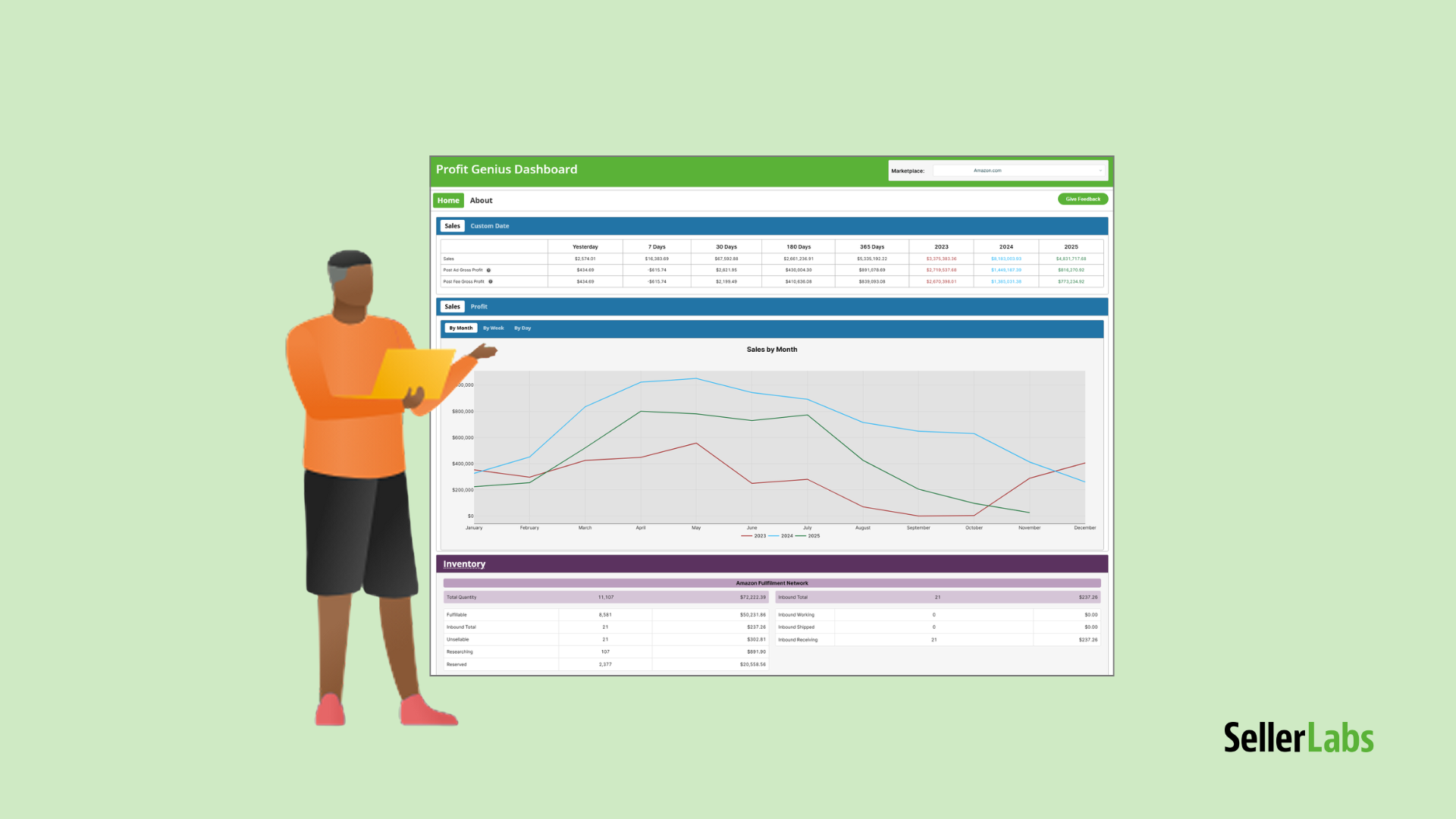Amazon is overhauling how it reimburses FBA sellers for lost or damaged inventory—and it’s happening right as the marketplace becomes less crowded, but more competitive in different ways.
Starting March 10, 2025, reimbursements for inventory lost before a customer order will be based on manufacturing cost, not your retail or sales price. That means if you previously received a refund close to your selling price, those days are over—unless you prepare.
As explained in an official Amazon forum post:
“We’ll reimburse you based on the product manufacturing cost of the affected inventory… This excludes shipping, handling, customs duties, or other costs.”
— Amazon Seller Forums
If you’re not paying attention, this change could quietly eat into your margins.
Why This Shift Hits Sellers Hard
Previously, Amazon’s reimbursements for warehouse losses often approached retail value. Now, unless you manually submit your actual manufacturing cost, Amazon will estimate it based on similar listings—which often means getting pennies on the dollar. For many private label or low-volume brands, that difference is significant.
For example:
- Selling price: $27.99
- Manufacturing cost: $5.40
- New reimbursement estimate: Likely under $6
- Potential loss: Over 75% compared to 2024 reimbursement norms
And let’s be clear: this applies before a customer even clicks “Buy Now.” It’s not about customer returns—it’s about Amazon warehouse loss.
What’s Driving the Policy Change?
The change in reimbursements is happening against the backdrop of a marketplace that’s shifting—fast.
According to new Marketplace Pulse research, Amazon’s traffic is up—but the number of active sellers is down. Here’s what that means:
“The monthly traffic per seller ratio increased from 2,162 visits per seller in 2021 to 2,837 in 2025—a 31% improvement. Sellers who remain active are now seeing more opportunity than ever.”
— Marketplace Pulse
The takeaway? Sellers who stay informed, efficient, and strategic are positioned to win bigger, even with fewer tools in their favor.
But outdated operations—like not reporting your own manufacturing costs—will leave money on the table.
What You Should Do Immediately
This reimbursement update doesn’t have to be a loss—it can be a wake-up call. Here’s what to do now:
1. ✅ Input Your Manufacturing Costs in Seller Central
Avoid Amazon’s rough estimates. Go into the Inventory Defect and Reimbursement Portal and manually enter your true manufacturing costs.
2. 📊 Audit Which SKUs Are Most At Risk
Focus on your high-volume or high-ticket ASINs. Seller Labs SKU Economics app gives you SKU-level insights into profit margins and financial risk so you can prioritize what’s most affected.

Want to go deeper? Learn how SKU Economics helps you spot at-risk products and protect your profits.
3. 📦 Reinforce Your FBA Packaging & Fulfillment
Amazon claims to be reducing damage, but errors still happen. Improve packaging or consider shipping fewer units per inbound to reduce risk.
4. 🔐 Track Trends in Your Reimbursements
While Seller Labs does not currently offer warehouse loss alerts, you can use its low inventory alert to help avoid stockouts that could compound losses. For broader visibility, regularly review reimbursement reports in Seller Central.
It’s Not Just About One Policy—It’s About Staying Ahead
Amazon is maturing, and that means less wiggle room and more seller responsibility. But for those who act now, the opportunity is growing:
- Traffic per seller is up
- Fewer sellers are actively competing
- Third-party sales hit 62% of Amazon’s total units sold in Q4 2024
- And tools like Seller Labs let you operate lean, fast, and smart
This reimbursement shift isn’t the end—it’s the new beginning. Adapt or get left behind.
Final Thoughts: Get Control Before You Get Shortchanged
The 2025 reimbursement update is a quiet margin killer if you’re not paying attention. But if you are? It’s an opportunity to build a tighter, more resilient business.
Take ownership of your manufacturing costs. Track where you’re losing money. And use Seller Labs to stay one step ahead.






